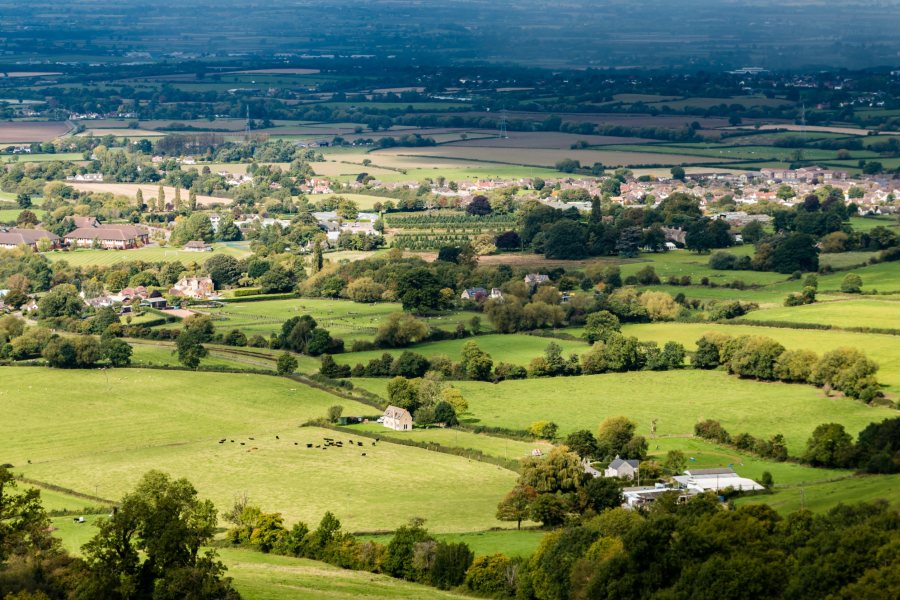
Farmers and foresters gathered in Hertfordshire to examine how trees could strengthen food production and business resilience after a year of record-breaking heat and drought.
Discussions at the Agroforestry Show, which took place on Woodoaks Farm, centred on how trees can provide shelter for livestock and crops, as well as a source of fodder when grass is limited.
Farmers also shared experiences of improved milk yields, nitrogen fixation, and the opportunities for new crops becoming viable in the UK climate, including almonds, walnuts, persimmons and olives.
Talks and guided walks covered a range of techniques, from alley cropping within arable fields to the management of hedgerows and woodland, with sessions also addressing the potential of timber production.
Ben Raskin, head of agroforestry at the Soil Association, said the show had been a strong success, with discussions about the role of trees in farming taking on new urgency after an exceptionally dry year.
He explained that more farmers and foresters are beginning to recognise how vital trees will be in safeguarding food production.
“The second Agroforestry Show has been another roaring success and the discussions of the benefits of trees have never felt more relevant after such a challengingly dry year,” he said.
Mr Raskin acknowledged that challenges lie ahead but stressed that it is “not all doom and gloom” as tree crops once thought unsuitable for the UK are now becoming viable.
He added that every farmer has opportunities either to make better use of existing trees or to plant new ones, but warned that “the situation is urgent and the time to get moving on agroforestry is now.”
The uncertainty around government schemes, particularly the pause on the Sustainable Farming Incentives, was a recurring theme at the event. Organisers highlighted the advice available on funding options outside of government programmes.
Martin Crawford, founder of the forest garden at Dartington Estate and the Agroforestry Research Trust, urged farmers not to wait for government grants before taking action. He argued that the risks of standing still now outweigh the risks of change.
“We need to do the right thing now whether or not the grant system pays us for it,” he said. “We have to take action if we want our farms and businesses to survive.”
Mr Crawford warned that “doing nothing is not really an option anymore” and stressed that last year’s extreme weather showed the old climate can no longer be relied upon as a guide.
He added there is urgency because “trees and perennial crops take some time to establish,” concluding with the advice: “don’t delay, get something started.”
The host farm, managed by the Soil Association and run by tenants, showcased its own approach to agroforestry.
As part of its move towards organic production, it has introduced alley cropping in a 70-acre field and used hedgerows to divide land to support longer crop rotations.
